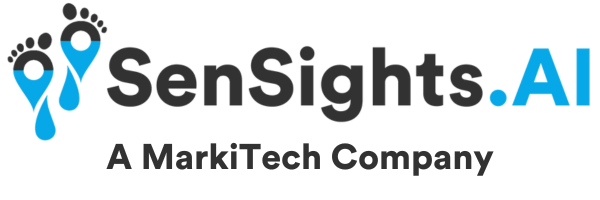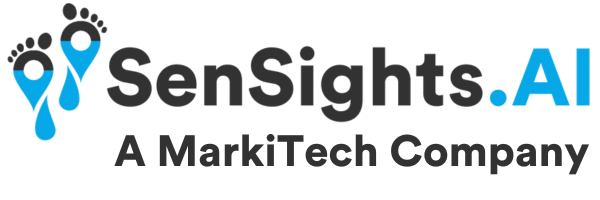How is Remote Patient Monitoring a Holistic Healthcare Solution?
In this age of globalization, Remote Patient Monitoring (RPM) tools are transforming the healthcare industry by enhancing the quality of care delivered to patients by not only making the medical billing processes more efficient but also extending provisions throughout the continuum of care. RPM amalgamates artificial intelligence platforms, IoMT (Internet of Medical Things), and device-agnostic systems that gather, consolidate, and convey patient information to a healthcare institution or provider.
How do Remote Patient Monitoring Software work?
The statistical software utilized by RPM systems collects vital signs and data of the patient which is sent to the relevant medical personnel for evaluation and recommendations for the patient. This knowledge is communicated to the patient or the patient’s primary caregiver and if the data calls raises red flags, the medical practitioner asserts that the patient requires instant attention with alerts disseminated to emergency contacts. Assistance is then given to the patient and self-care methods are provided so as to avoid related occurrences in the future.
How have the lives of patients been elevated?
The harsh rise in the number of patients with reimbursement has facilitated remote patient monitoring to augment the capability for physicians to attend to more patients. The quality of care has strengthened as practitioners are instantly connected with relevant patient information. Also, with continuum care between patients and their caretakers, RPM awards patients with educational material, online awareness workshops, support, and feedback on their health condition and their ailments. For high-risk patients, personalized support, and care is the way forward
How has Remote Patient Monitoring helped during COVID-19?
On device-agnostic systems and iPad based systems, health applications and programs that were to not financially arduous and were easily comprehensible helped provide remote care. An orderly and formalized procedure involved for ascertaining applications, and all prior data of patients that was removed from the device to preserve the confidentiality of patients’ health data proved beneficial. Also, it helped when the devices were consumer-friendly, powered by artificial intelligence platforms, and had device-agnostic systems.
How do Reimbursement codes for RPM work?
Through Current Procedural Terminology (CPT) codes, remote healthcare operations can be compensated. CPT codes note and record medical, surgical, and diagnostic procedures and jobs for organizations such as healthcare and insurance providers. The CMS (Centers for Medicare & Medicaid Services) 2019 regulation indicated that when operating RPM services, supporting healthcare employees had to be under the direct oversight of a doctor CMS modified the ordinance in 2020, allowing the supporting staff to be under broad surveillance, making RPM programs more flexible and convenient.
How has Remote Patient Monitoring been successful?
Through remote patient monitoring tools, there is an imperative conversation amongst all stakeholders, i.e. employees, employers, patients with chronic diseases, the government, and the healthcare industry about what relevant health and safety questions must be asked to protect one another. Though governments intend to open up parts of their countries in the pandemic, research implies that the states that eliminated coronavirus limitations and prohibitions are encountering prominent difficulties as cases surge, and healthcare institutions become congested and cramped.
How is LocateMotion’s SENSIGHTS.AI different?
SENSIGHTS.AITM makes organizing, installing, monitoring and administering remote care management easier by providing insightful and simple technology solutions and a device agnostic platform convenient to use by healthcare staff, patient, or caregiver. LocateMotion’s remote patient monitoring platform SENSIGHTS.AITM combines vital-sign sensors, connectivity with other devices, and telemedicine capabilities into one platform. No prior technological proficiency is required as our system assists patients to participate in their own health from home using trouble-free devices.

